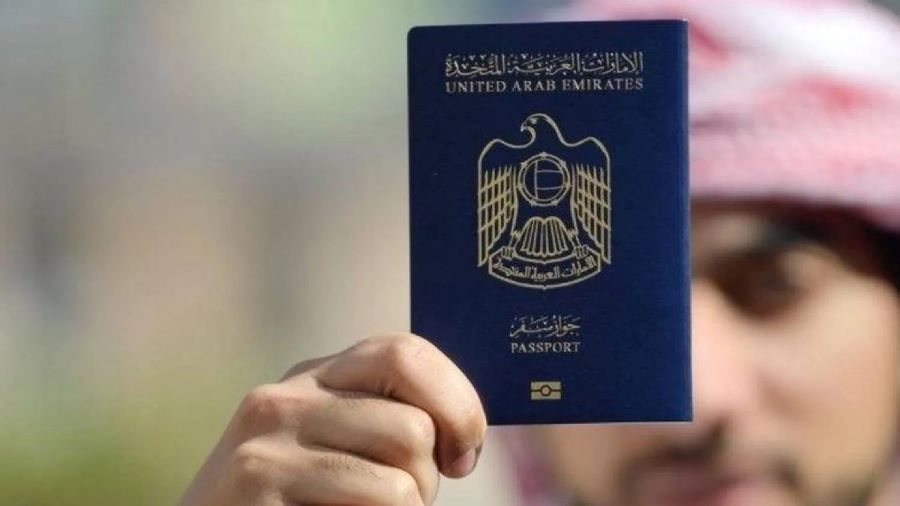
How post-pandemic education systems can welcome back international students
Closed borders and health concerns halted international student mobility in 2020, but students are expected to return. Education policy makers need to be ready for a new type of international student that wants both physical and digital learning opportunities.
International student mobility, an integral part of global higher education, has been severely impacted by the pandemic. In recent years, cross-border movement of students has been on a brisk trot, growing at annual average growth rates of over 10% in the last couple of decades. The number of students going abroad for tertiary education was 5.6 million in 2020, according to the OECD. This number is projected to rise to 8 million by 2025.
The transnational movement of students has many benefits: individuals improve their academic and professional caliber and earning capability; institutions that host international students enhance their academic standing and reputation; economies and societies gain human capital and become more innovative.
International student mobility may face upheavals in the near to medium term arising from a combination of factors, not only due to COVID 19 but also due to growing trends in digitalization of learning and changing geographic concentrations of international students.
Consider these three factors at play in coming years:
COVID 19 will curtail international student mobility in the short term. A report by World Education Services reveals that 72% of international education professionals in North America expect a decline in undergraduate international students. Another survey in the US states that 52% of institutions reported slight to substantial decreases in international students in 2020-21 compared to the previous year.
In fall 2020, 37% of institutions announced a compressed academic calendar. With travel bans and campus closures, 87% of international students opted for deferment to 2021 and beyond.
The latest snapshot survey of US institutions shows a rebound of physical classes in campus and return of international students in 2021. Despite this revival, economic hardships from COVID 19 will impact the ability of students and families to afford transnational education.
‘Digital’ mobility will gather pace. The full-scale shift to online learning was a matter of expediency to deal with COVID-19. In fall 2020, 92% of US universities surveyed reported moving to a hybrid mode of instruction combining in-person and virtual. In spring 2021, only 8% of institutions reported all in-person classes.
However, online learning was picking up the pace even before COVID-19. There is a growing offering of fully online degree programs. According to Inside Higher Ed, a third of university students were taking at least one online course and about 15% enrolled in fully online programs in the US in 2017.
Regional student mobility in Asia will gain ground. Countries that have been sending large numbers of outbound students for study abroad are likely to become destinations in their own right by attracting international students. Several countries in Asia have set targets to attract international students in the near term: the People’s Republic of China: 500,000; Japan: 300,000; Malaysia: 250,000, South Korea and India, each 200,000.
Institutions need to find the right balance to provide optimal learning benefits to international students.
International student mobility within Asia will gain prominence. Project Atlas has revealed that the market share of the US of international students declined from 28% in 2000 to 20% in 2020. UK’s share fell from 14% to 10% and Germany’s from 12% to 5%. This calls for universities in different geographies to compete and collaborate to attract the internationally mobile student.
These transformative trends underway call for suitable policies and strategies. What are the new policy directions for international student mobility?
Striking the ‘phygital’ balance. The exponential growth in on-line learning may reduce ‘physical’ mobility, enabling ‘digital mobility’. However, fully online programs do not provide critical dimensions of international study, including intercultural exchanges in a physical setting, student services in campus, networks of professionals, and opportunities for internships and work experience.
Hence, institutions need to find the right balance to provide optimal learning benefits to international students. Employability will increasingly become a crucial competing element to attract international students. Less restrictions on students staying on for work experience will increase the pull factor of the universities and increase labor mobility and overall employment opportunities.
Business models also need to be re-calibrated for international students. As universities moved online during COVID-19, admission deferrals have been extensive with students unwilling to pay hefty fees that go with international education without the opportunity to experience the full campus life.
In a survey by OneClass, 93% of students in the US and 87% of students in Canada said that tuition fees should be lowered if classes are fully online. Countries that rely on large cohorts of international students paying higher tuition fees need new business models.
Greater regional mobility and equitable access to international education is needed. Greater mobility of students in the Asia and Pacific region will strengthen cross-cultural ties and regional integration.
The Collective Action for the Mobility Program of University Students (CAMPUS Asia) supports mutual exchange agreements between the People’s Republic of China, Japan and South Korea for joint education programs. More of such efforts will take forward academic credit transfer agreements, dual degree and joint degree offerings.
Scholarships, such as the ADB-Japan Scholarship Program, will play an important role in giving opportunity to students from developing countries to access high quality education and develop as future leaders. More than 91% of the scholars of ADB-JSP were from the 15 DMCs where most of the poor in Asia live.
As COVID-19 transforms the future of education in different ways and online learning gathers pace, it is vital to rethink ways to support student mobility that benefits individuals, economies and societies.
This blog post is part of a series by the Asian Development Bank and Thinking Machines Data Science, Inc.













